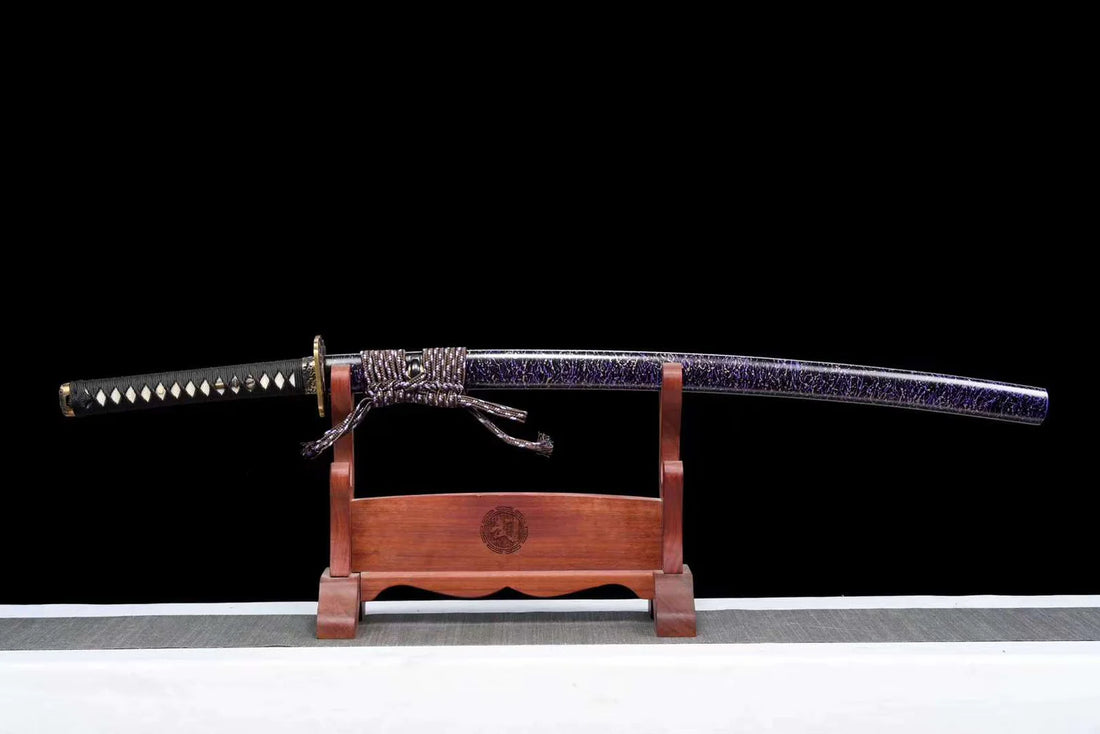Chinese swords such as the Dadao and Liuyedao, through the Kukri of Nepal, the Talwar of India, the Shamshir of Persia, to the Turkish Kilij and the Greek Kopis, curved blades have always been symbols of elegance and danger since ancient times. However, among all these swords, the Japanese katana stands out for its unparalleled cultural and mystical beauty.
From generation to generation, the katana has been praised for its unique aesthetic, highlighting the delicate subtleties that characterize it. And this admiration endures today. But why is the katana curved? Was this a deliberate intention of ancient Japanese craftsmen? Does this curvature offer an advantage over a straight blade?
Join us to unveil the mysteries of this legendary curvature and other peculiarities of this epic Japanese saber.
The History of the Katana's Curvature
It is commonly accepted that Heian era blacksmiths intentionally created curved swords to adapt to the changing context of feudal warfare, where samurais fought increasingly on horseback. However, the reality is that this "curvature" was rather a fortunate accident resulting from an innovation in forging technique.
Before the katana, there was the Chokuto, a straight-bladed sword used by Japanese warriors between the 6th and 8th centuries, primarily in the Tohoku region. There was also the Tsurugi, a double-edged blade similar to Western swords.
The Birth of the First Katana
In the 8th century, the blacksmith Amakuni adopted a Chinese method of "folding forging," thus giving birth to the first single-edged curved sword, the Tachi. Over time, the Tachi evolved into different sizes, the most famous of which is the Uchigatana. Abroad, this blade is better known as the "katana".
The Secret of the Katana's Curvature
Contrary to popular belief, the Tachi was not originally designed to be curved. However, a particular technique, "clay tempering," led to the creation of this curvature.
By applying a layer of clay on the blade during tempering, a temperature difference is created between the cutting edge (covered with a thin layer) and the back of the sword (covered with a thicker layer). This difference causes the formation of a curve, giving birth to the distinctive profile of the katana.
The Advantages of a Curved Blade
Even though the curvature was not initially desired, it presents undeniable advantages:
- Optimized Maneuverability: The curved shape allows for a smoother and quicker draw.
- Excellent Cutting Ability: In addition to the curvature, other elements of the katana, such as the Bohi, enhance cutting performance.
- Balance and Control: The curvature alters the center of gravity, improving maneuverability and precision.
Focus on the Sori
The Sori is the Japanese term for the curvature of the katana. Although all katanas are curved, the extent of this curvature can vary. The choice of Sori is a matter of personal preference and specific application.
Variations in the Sori are attributed to different forging styles and the preferences of samurai schools over the ages. Thus, some katanas are more curved than others, but all embody the finesse and efficiency that have made this iconic weapon famous.
Conclusion
The curvature of the katana is the result of a combination of forging techniques and functional necessities. This feature, which may seem like a mere aesthetic, is actually a profound fusion of form and function. The katana, with its legendary curvature, is a true work of forged art, combining history, culture, and technical mastery.

